

The Sinulog-Santo Niño Festival: A Celebration of Faith and Culture
The Sinulog-Santo Niño Festival is an annual religious and cultural festival that takes place every third Sunday of January in Cebu City, the oldest city and first capital of the Philippines. The festival honors the Santo Niño, or the Holy Child Jesus, the patron saint of Cebu and the Philippines, and commemorates the arrival of the Spanish explorers and the conversion of the Filipinos to Christianity in the 16th century.
The word “Sinulog” comes from the Cebuano word “sulog”, which means “like water current movement” or “to dance in a water current”. The festival features a dance ritual that depicts the story of the Filipino people’s pagan past and their acceptance of Christianity. The dance consists of two steps forward and one step backward, done to the sound of drums. The dance is also a way of expressing gratitude and devotion to Santo Niño, who is believed to be the source of blessings and miracles.
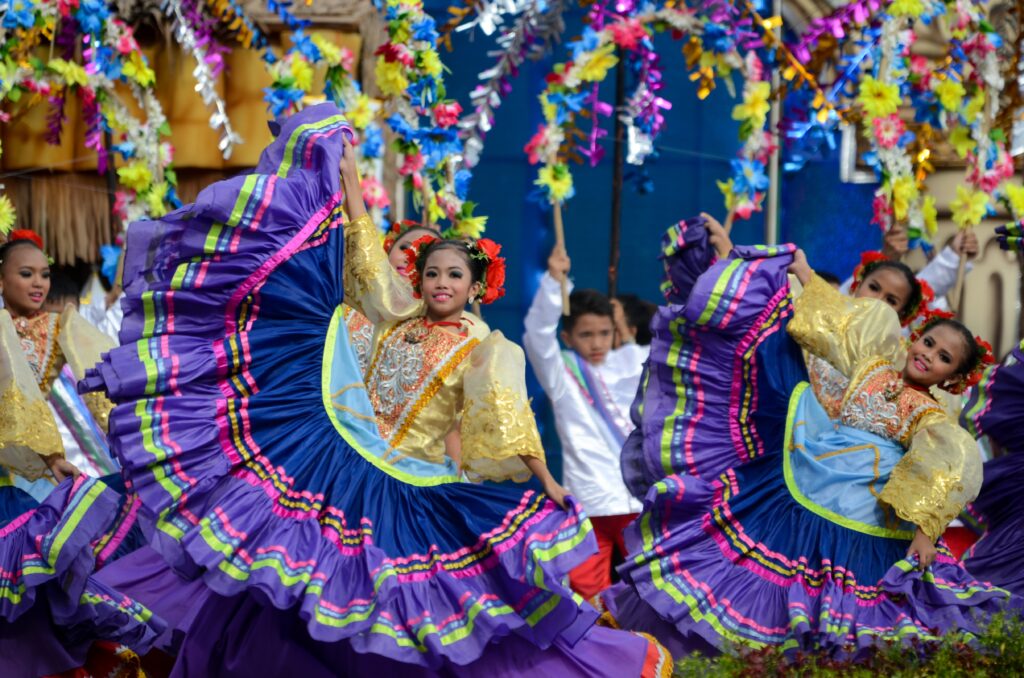
The origin of the festival can be traced back to 1521, when Portuguese explorer Ferdinand Magellan arrived in Cebu and gave an image of Santo Niño to Rajah Humabon, the ruler of Cebu, and his wife Hara Amihan, who were baptized as Carlos and Juana. The image was said to be miraculous, as it survived a fire that burned down a wooden church where it was kept. The image was later enshrined in the Basilica Minore del Santo Niño, where it is still venerated today.
The festival was officially organized in 1980 by the Cebu City government, with the help of various organizations and sectors. The festival has since grown into a major tourist attraction, drawing millions of visitors from all over the world every year. The festival is also considered to be one of the best festivals in Asia, winning several awards and recognitions.
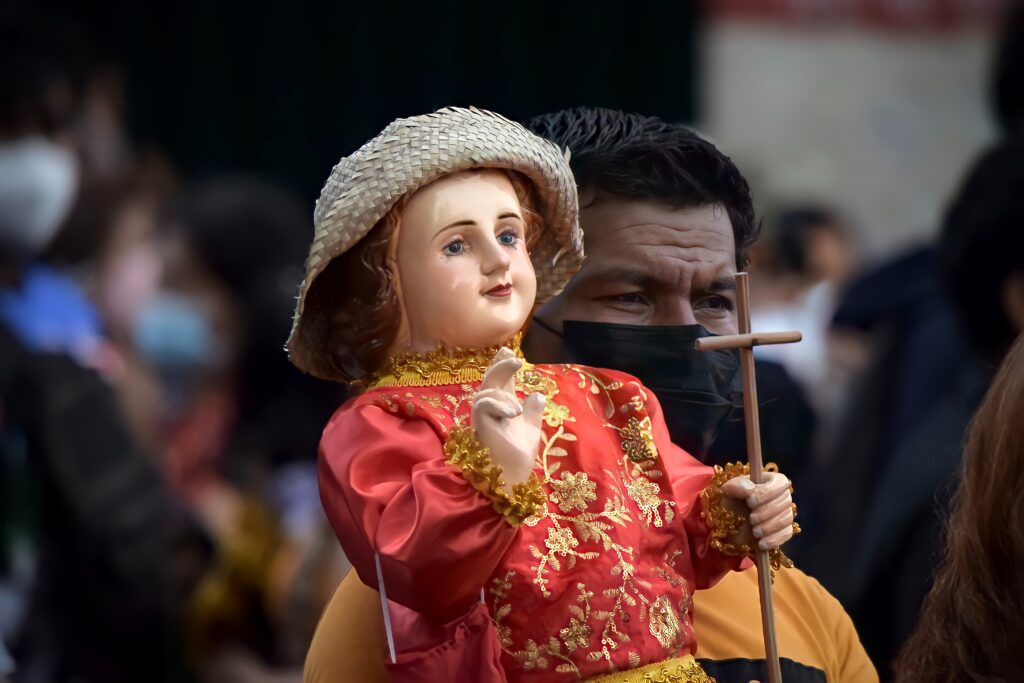
The highlight of the festival is the grand street parade, where thousands of dancers from different tribes or groups representing various barangays or districts of Cebu City compete for prizes and honors. The dancers wear colorful costumes and props inspired by the native culture and history of Cebu. The parade also features floats decorated with flowers, fruits, vegetables, and other local products. The parade is accompanied by a procession of the image of Santo Niño and his wife Santa Maria de la Cabeza, who are carried by devotees dressed in colorful costumes.
The festival is not only a feast for the eyes, but also for the taste buds. Visitors can enjoy various delicacies that are unique to Cebu, such as lechon (roasted pig), puso (hanging rice), bibingka (rice cake), torta cake, dried mangoes, otap (puff pastry), and chicharon (pork rinds). They can also buy souvenirs made from wood, silver, beads, or kiping (leaf-shaped wafer).
The Sinulog-Santo Niño Festival is not only a celebration of faith and culture, but also a celebration of life and joy. It is a way of preserving and promoting the traditions and values of Cebu and its people. It is also a way of showcasing the beauty and diversity of the Philippines. The festival invites everyone to join in the fun and festivity of this remarkable event.


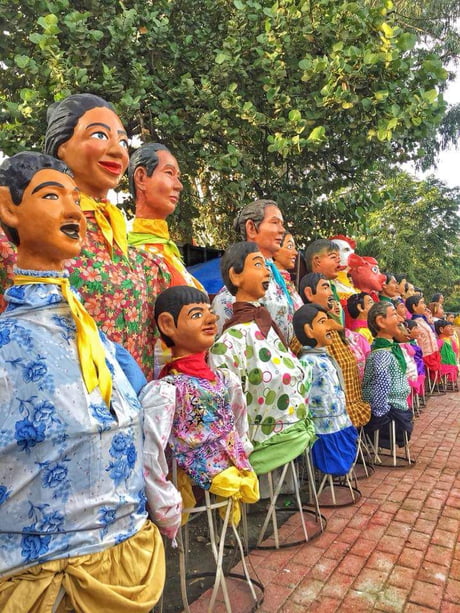
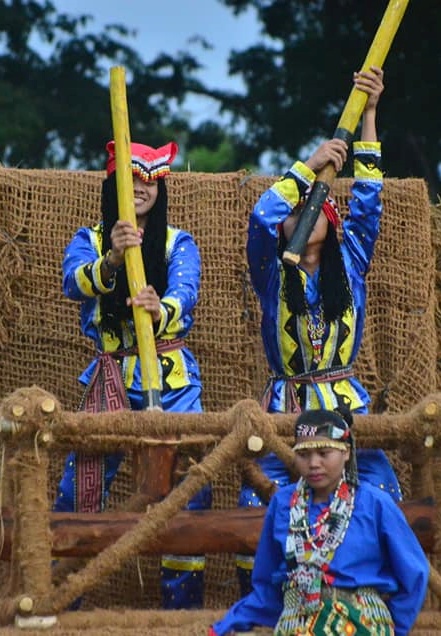
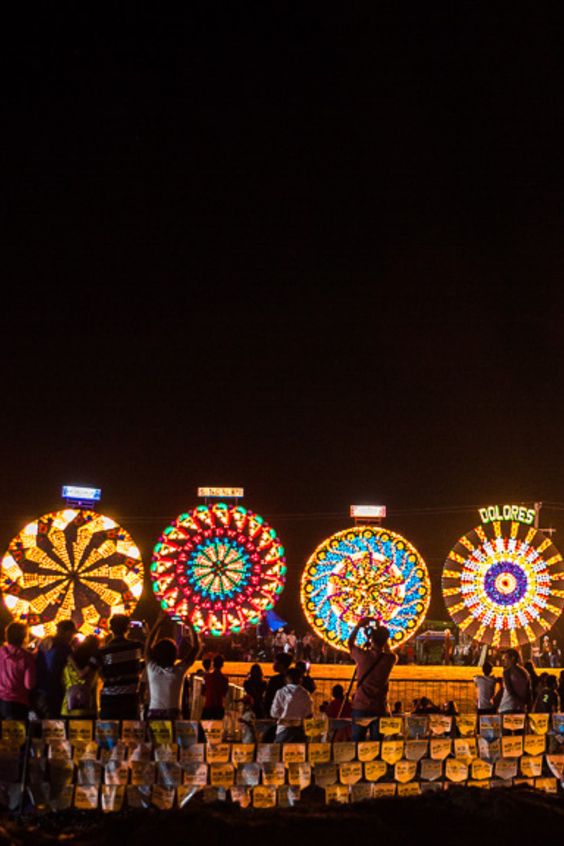
 by
by